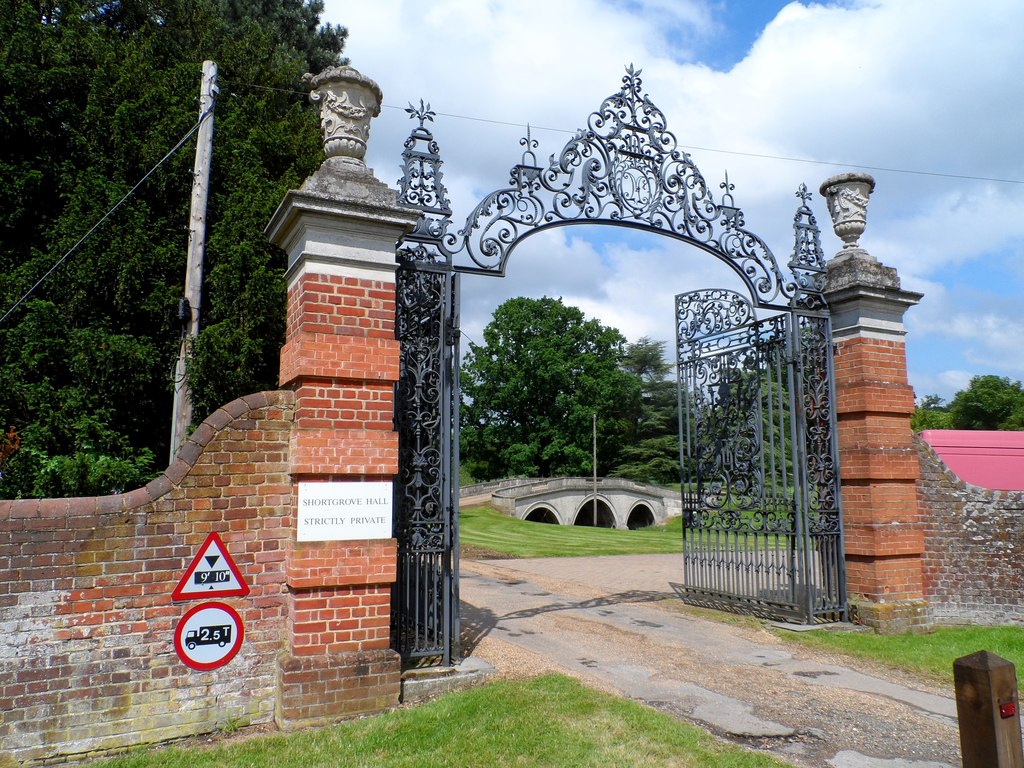The Gardens Trust and Essex Gardens Trust are concerned about the effect of a series of incremental developments at Shortgrove in the Uttlesford district of Essex. The historic landscape park of Shortgrove Hall was laid out by Lancelot ‘Capability’ Brown between the 1750s and 1770s and has mid-18th Century walled gardens further developed by William Chater in the 1860s.
The park is registered at Grade II. Despite this there have been 28 planning applications affecting the estate since 2002, ten of which have been received since March 2020 alone. They range from converting individual farm buildings for residential use or extending existing dwellings to erecting five new detached dwellings and enabling development for the restoration of the designed landscape. The landscape is perhaps particularly vulnerable because the main house, built by the Earl of Thomond in the C18th, was destroyed by fire in 1966 and replaced by a new mansion around 2000.
Impact of developments at Shortgrove
While each individual development may not in itself be particularly damaging, the cumulative effect is to erode the significance of this important historic park. This is a common issue encountered by our casework team, and one that is recognised by Historic England. They draw attention to the harm caused by incremental change in their guidance on managing significance in the historic environment, which says: ‘The cumulative impact of incremental small-scale changes may have as great an effect on the significance of a heritage asset as a larger scale change.’
Being on the Register of Parks and Gardens of Historic Interest does not seem to be providing effective protection for the landscape at Shortgrove. The Gardens Trust therefore supports Essex Gardens Trust investigating whether the estate could be designated as a conservation area to give greater control over development there.
Shortgrove Hall Photo © Copyright Bikeboy and licensed for reuse under the Creative Commons Licence.




